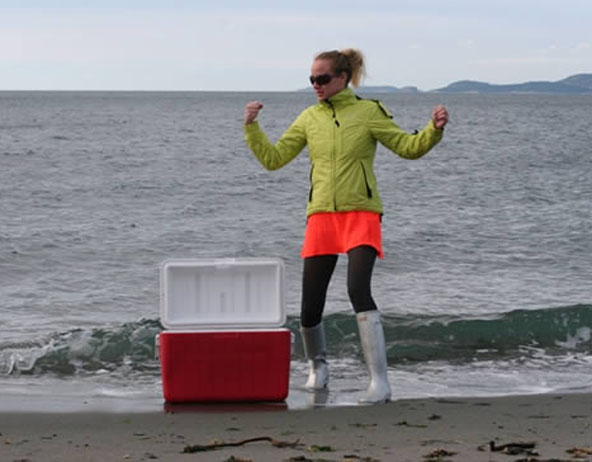Salt is a mineral that consists of mainly just two elements. These elements are sodium and chloride. However, unrefined salt has traces of other helpful minerals. There are up to eighty-two other natural occurring minerals that exist in the crystalline structure of salt, until it is refined. Those trace minerals are very healthy for the human body, and it is only when those minerals are taken out does salt become unhealthy.
Our consumption of salt is considered to be killing us, but that is because of the table salt made available to the masses. The table salt that we now use has been stripped and chemically altered, and our body can’t break it down. Salt now is mainly sodium chloride, which is not very healthy for us on its own.
Salt comes from either dead dried up seas or oceans or living ones. It can be in the form of salt licks, bubble to the surface as brine, or be found in shallow caverns. Salt can be mined, and those mines can go thousands of feet deep.
HOW IS SALT MADE?
Salt can be made in a various ways, as it can be mined or the brine can be baked or boiled to get the salt out. There are different methods of gathering salt, but salt occurs naturally. There is more so a process of gathering salt than there is to making salt, since salt is an organic substance. It is only table salt that is inorganic because it has been processed and stripped of trace minerals.
HOW TO MAKE YOUR OWN SALT?
What people forget is that salt comes from dried up seas or oceans or living ones meaning people can collect their own salt. All you need to do is get seawater to start. It takes time to make sea salt out of seawater, but the first step is getting a clean source of seawater and bringing it into the kitchen. If there is any pollution in the water it will affect the taste of the sea salt as well as how healthy it is for you. One good way to check if the seawater your gathering is good is if the area is safe for fishing. If you can fish in the area, the seawater is considered to be safe enough for gathering salt.
It’s best to start with a gallon of seawater, but always feel free to take more if it’s hard to get a hold of in your area. One gallon will only get you about three ounces of salt. You will need to strain the water you’ve gathered, as you’ll need to remove shells, sand and anything else that may be in the water. It is recommended to use a cheese cloth to properly drain your seawater, a cheesecloth will make sure to catch everything you need to. The water should still be strained several times, and it won’t affect your salt content, so strain the water as much as you think is necessary.
You’ll then need to evaporate the water, which can take several days. There are various ways to do this, but one popular method is where you boil most of the water off on your stove, and then you can leave the pot out with the rest of the water in it out in the sun. The sun should take care of evaporating the rest, but it will need to be covered by something, such as a grating system of some sort, so that nothing crawls into your water. This method could take a while, but it does not require our oven to be on for several days, making it a preferred method.
You will then harvest the salt that is left behind, putting it in a glass or plastic container. Metal containers will rust over time in contact with salt, and it will change the composition of your salt and therefore its taste. Many people will then put the sea salt they collected into a grinder, so that is finer and easier to work with.
There are various methods to harvesting salt, and your salt may take on various colors depending on where you harvested it from. This is completely natural, and making your own salt is a great way to bring the smell of the ocean into your home.
We have the most natural salt available on https://himalayansaltusa.com/gourmet-salt